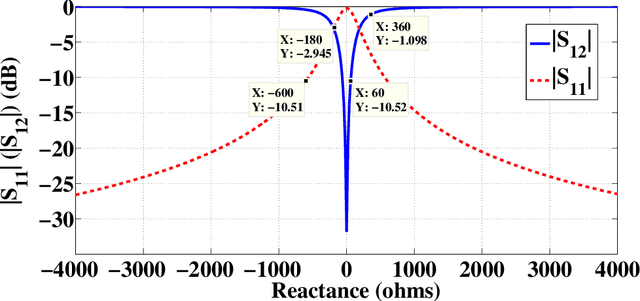Mahdi Salehi
Wideband High Gain Meatsurface-Based 2*2 MIMO antenna with Highly Isolated Ports for Sub-6 GHz 5G Applications
Aug 26, 2023Abstract:A high gain and wideband MIMO antenna with highly isolated ports allows the 5G technology to provide reliable wireless communication with high data rate, low latency, increased channel capacity, high signal quality, low power, and high data throughput while maintaining the penetration rate. This study presents the design and simulation of two wideband, high gain, metasurface-based $2\times2$ MIMO antennas operating from 2.85 to 4.2 GHz for 5G applications, which satisfy the 5G requisites. The radiating elements of the two MIMO antennas use the aperture coupled feeding technique with a dumbbell shape slot, a metasurface layer that utilizes the surface wave propagation, and a truncated square patch with two U-shaped slots to attain wideband and high gain performance. The power of the feed radiates through the dumbbell shape slot to illuminate the radiating patch, which allows better manipulation of the coupled power compared with the rectangular slot. The proposed MIMO structure places four identical radiating elements like a $2\times2$ matrix with a rotation of $0^\circ$, $90^\circ$, $180^\circ$, and $270^\circ$ to produce orthogonal electromagnetic waves, which improves the isolation between ports. Two vertical and horizontal strip slots are engraved on the ground as the decoupling structure to decrease the mutual coupling among the radiating elements. Besides, the aperture-coupled feeding technique increases the independence between the radiating elements by isolating the radiating patches and the microstrip feed lines. The CST and HFSS software are used to simulate the antennas.
Holographic Transmitarray Antenna with linear Polarization in X band
Apr 19, 2021



Abstract:In this paper, we present the design and demonstration of transmitarray antennas (TAs) based on the holographic technique for the first time. According to the holographic theory, the amplitudes and phases of electromagnetic waves can be recorded on a surface, and then they can be reconstructed independently. This concept is used to design single-beam and multi-beam linearly polarized holographic TAs without using any iterative optimization algorithms. Initially, a transmission impedance surface is analyzed and compared with the reflection one. Then, interferograms associated with the scalar admittance distribution are defined according to the number and direction of the radiation beams. After that, a transmission metasurface of dimensions equal to 0:26l0 is hired to design holographic TAs at 12 GHz. Several examples are provided to support the method. In the end, a linearly polarized circular aperture wideband holographic transmitarray antenna with a radius of 13.3 cm has been manufactured and tested. The antenna achieves 12.5% (11.4-12.9 GHz) 1-dB gain bandwidth and 23.8 dB maximum gain, leading to 21.46% aperture efficiency.
 Add to Chrome
Add to Chrome Add to Firefox
Add to Firefox Add to Edge
Add to Edge